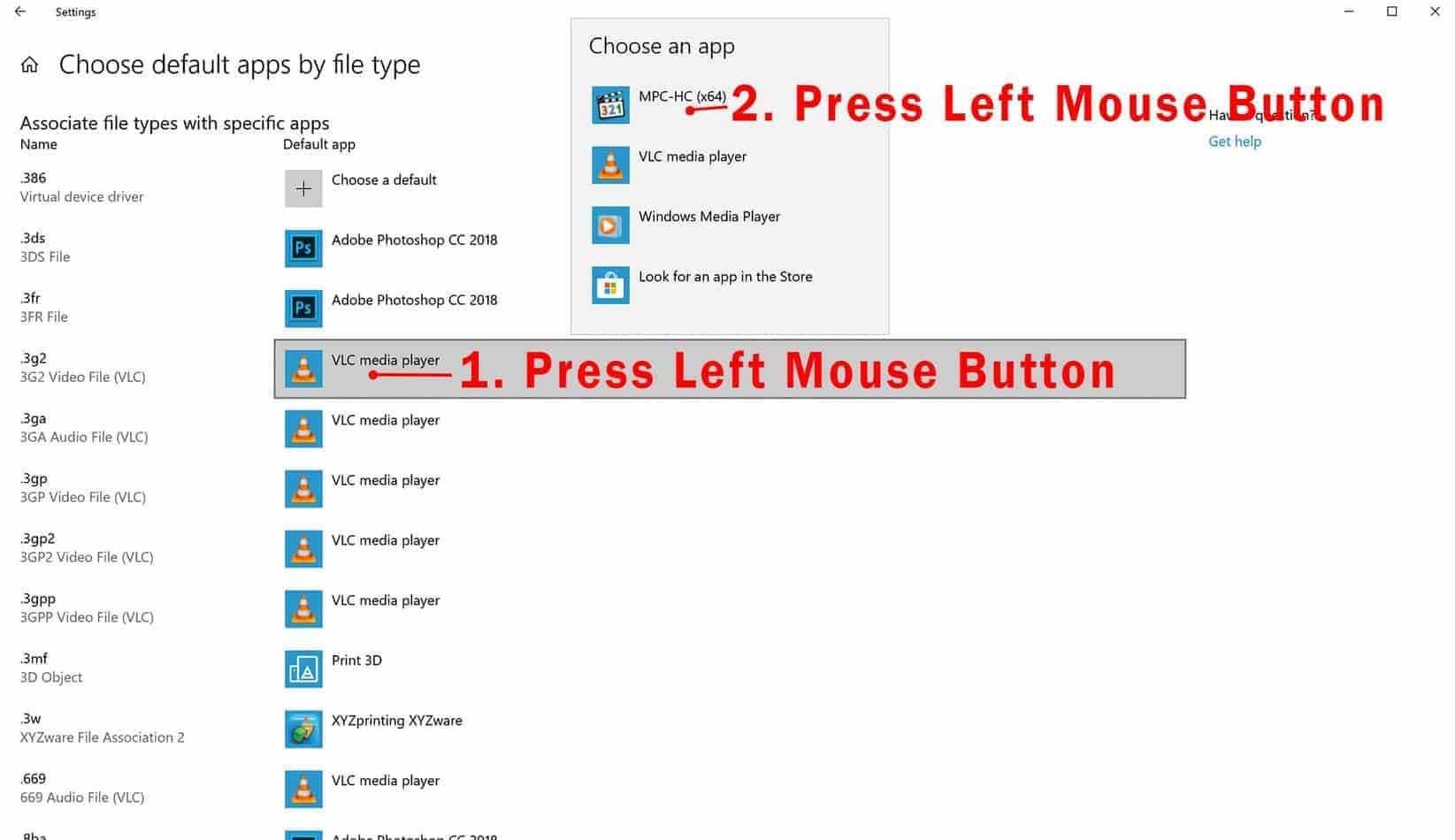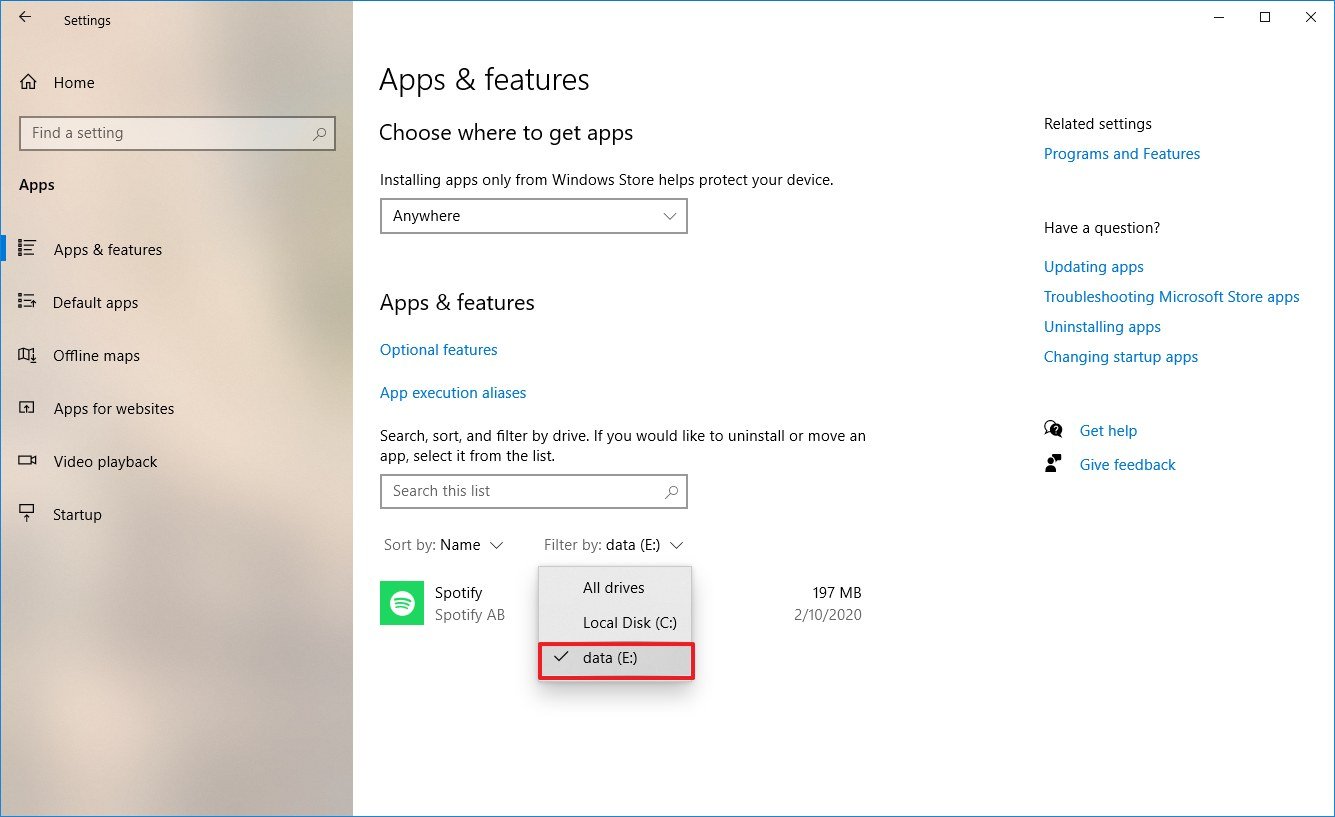The Windows 10 Search is a much faster way to access those hard-to-find files. By querying a small database rather than sifting through thousands of files, Windows Search can greatly reduce the. The only way to download apps and files in such cases is to disable SmartScreen Filter and enable it back after downloading the required files on your computer. Steps to Turn OFF SmartScreen Filter in Windows 10. Follow the steps below to disable SmartScreen Filter on your Windows 10 computer. Open Settings and click on Update & Security tab.
Sooner or later, you’ll want to delete a file or folder in Windows 10 — yesterday’s lottery picks, for example, or a particularly embarrassing digital photo. To delete a file or folder, right-click its name or icon. Then choose Delete from the pop-up menu. This surprisingly simple trick works for shortcuts, files and folders, and just about anything else in Windows.
To delete in a hurry, click the offending object and press the Delete key. Dragging and dropping a file or folder to the Recycle Bin does the same thing.

The Delete option deletes entire folders, including any files or folders stuffed inside those folders. Make sure that you select the correct folder before you choose Delete.
After you choose Delete, Windows tosses a box in your face, asking whether you’re sure. If you’re sure, click Yes. If you’re tired of Windows cautiously questioning you, right-click the Recycle Bin, choose Properties, and remove the check mark next to Display Delete Confirmation Dialog. Windows proceeds to delete any highlighted items whenever you — or an inadvertent brush of your shirt sleeve — press the Delete key.
Be extra sure that you know what you’re doing when deleting any file that depicts a little gear in its icon. These files are usually sensitive hidden files, and the computer wants you to leave them alone. (Other than that, they’re not particularly exciting, despite the action-oriented gears.)
Icons with little arrows in their corner are shortcuts, which are push buttons that merely load files. Deleting shortcuts deletes only a button that loads a file or program. The file or program itself remains undamaged and still lives inside your computer.
As soon as you find out how to delete files, you need to find out how to undelete them. (Hint for the desperate: Open the Recycle Bin, right-click your file’s name, and choose Restore.)
Windows Explorer 10 (perhaps older versions too) lets you search inside folders using a massive collection of operators. One of the most useful is the bitrate operator, in case you need to locate quickly mp3 files of a particular quality.
How To Filter Files In Windows 10


For example, if you want to search for all your mp3 files in a folder that are encoded in a bitrate higher than 192 kbps, you would write at the search box of Windows Explorer
To search for mp3 files of a quality lower than 192 kbps, perhaps to delete them, you would write
Notice that I don’t have any space between the operator and the number. Notice also that I write 191, since I’d like to keep this quality and delete whatever else I find: <192 means lower or equal with 192, therefore search results would include all 192 bitrate files.


Finally, do not neglect to write the kbps specification. E.g. writing bitrate:<191 will not give you any results at all, while writing >191 will give you wrong results! Note also that these tags seems to work only if you use the English interface of Windows. You can change the language of Windows easily by going to Settings > Language > Windows display language.
Related Posts:
Where To Save Downloads Windows 10
Get The Power & Follow!don't miss : : SleeperFavorite LauncherSavyGadgetarian
FlingPower CopyWindows RuleSearchALL GadgetAmazon Gadget
